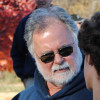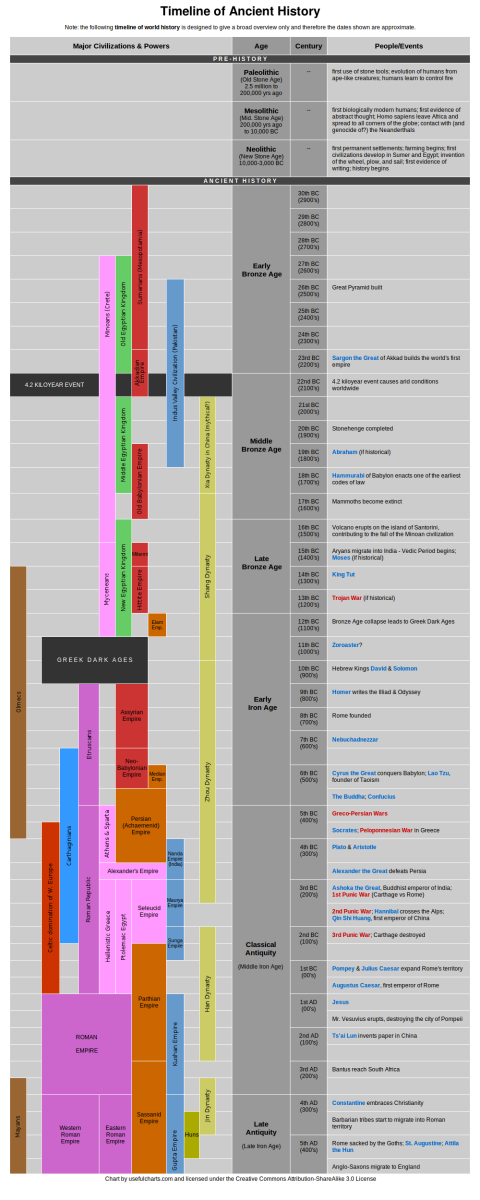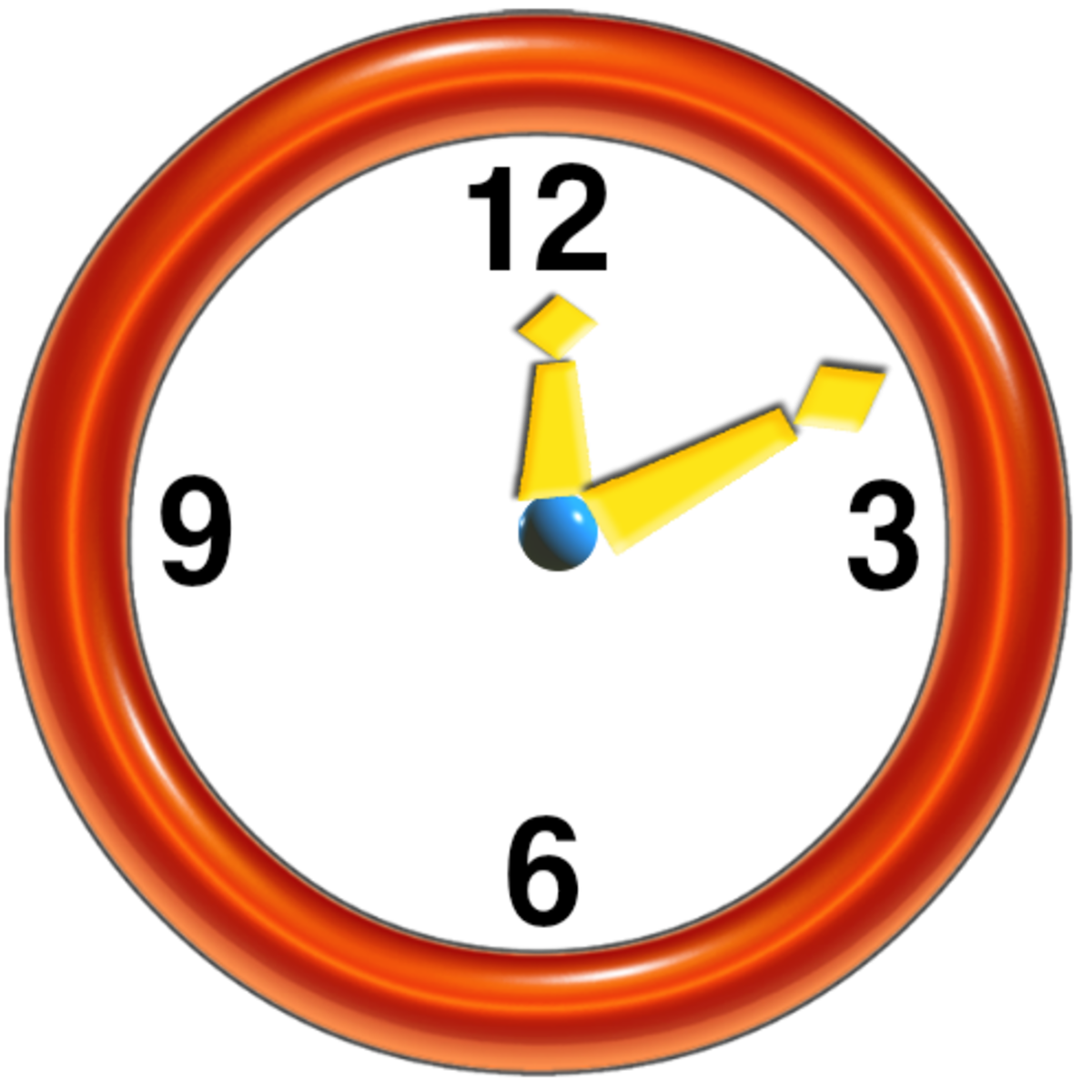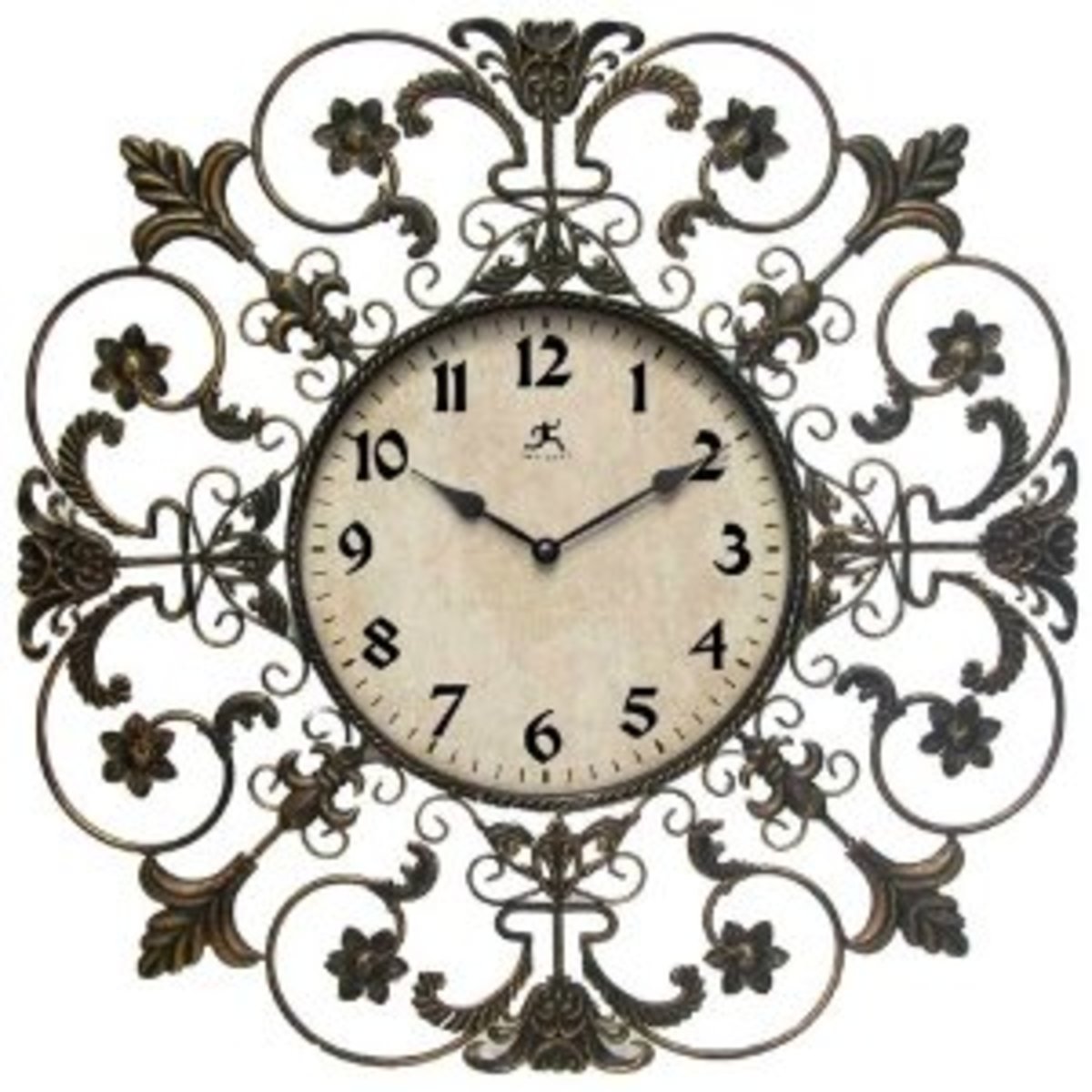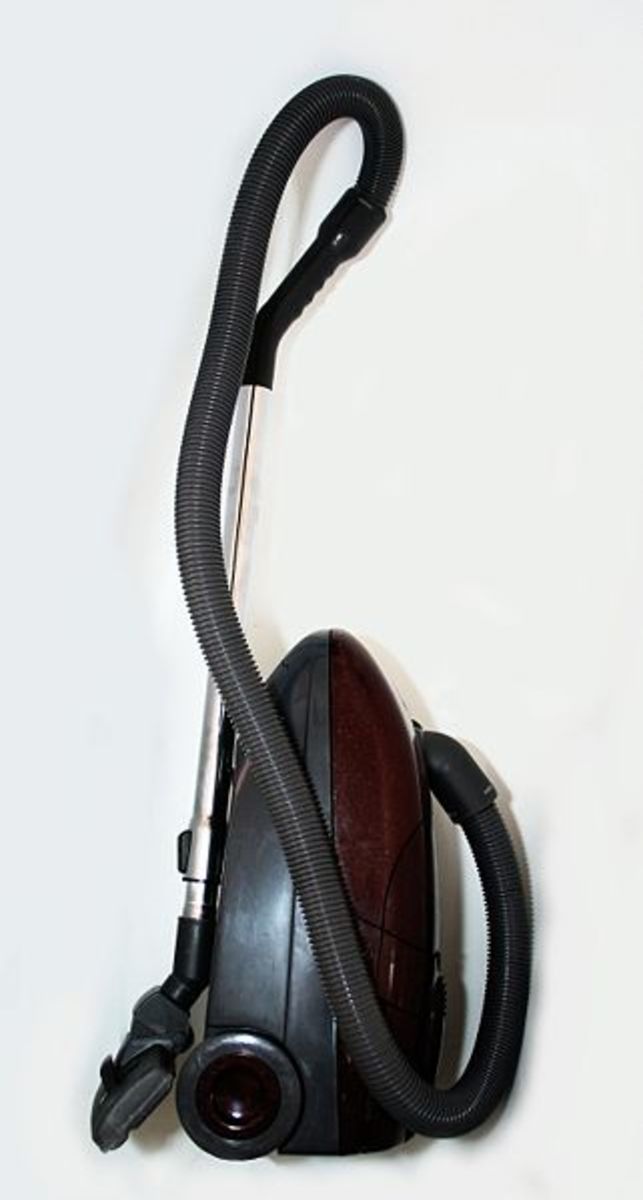A Short History of Time
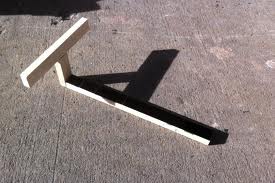
“The only reason for time is so that everything doesn’t happen at once.” Albert Einstein
Celestial bodies have provided humans with a reference for measuring time throughout our existence. Prehistoric peoples relied upon the observable motion of these bodies through the sky to determine seasons, months and years. We have found evidence of ancient cave-dwellers using a system of scratches and holes on sticks and bones, possibly counting the days between phases of the moon.
Many ancient civilizations made calendars of either the lunar or solar variety, but what about the time of day? When did people begin to care what time of day it was? Dusk and dawn are pretty easy, maybe not in terms of what time it is but as far as it will be light soon or we better get to the cave it’s getting dark quick – well, that works. I’m not being trite; a lot of predators are out at night and the best defense against them was a large, stationary fire, with the key words being large and stationary. At some point they would figure out when the sun was around the midpoint of the sky that the day was roughly half over. The concept of an hour? How do you make a 3-minute egg when you don’t have the concept of minutes? If you should develop the concept, how would you track it?
Man had no need for any certainty as to the time of day until civilization progressed to the point that there was a definite division of labor and constant interaction between peoples living in close proximity to each other. For example, if you lived in Philadelphia in 1776 it would be essential for you to be able to tell the time of day or at least discern the passage of time. If you lived 60 miles outside of the city, it’s not quite as important.
It wasn’t until fairly recently in the scope of human existence that the concept of time as a portion of a day was developed. Over 5000 years ago Sumerians devised a calendar that divided the year into 30-day months and the day into 12 periods. Each of these periods was divided into 30 parts with each part being roughly equivalent to 4 of our minutes. This concept spread over the Middle East and Northern Africa, now all they had to do was devise a method for tracking those 12 periods.
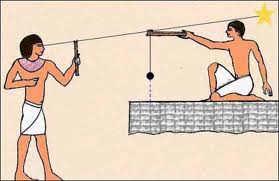
Shadow Clocks and Sundials
Egyptians began building obelisks by around 3500 BCE and by 1500 BCE began to use their moving shadows as a kind of sundial. At first they were able to divide their day into morning and afternoon then, through ground markings, they were able to determine the shortest and longest days. Later, as more markings were recorded, they were able to further subdivide their day.
Also around 1500 BCE the Egyptians developed the shadow clock. The shadow clock divided the day into 10 parts plus dawn and dusk. It was constructed by using a base oriented east to west and by placing a raised crossbar at the eastern end in the morning. The shadow then made its way across the base as the sun rose in the sky. At noon the device would be turned around and it would record the afternoon passage of the sun.
The Egyptians also developed a device known as a merkhet which was used for telling time at night. A merkhet was a straight bar attached to a plumb line. One merkhet would be aligned with the North Star and a second merkhet would be used to establish a north-south meridian. By making note of when particular stars crossed the meridian, it was possible to track time. Merkhets were extremely accurate and were also used for making astronomical observations and aligning structures.
Recently a limestone sundial was discovered near a tomb in the Valley of Kings. The location of the sundial corresponds to an area where there are the remains of workers’ huts dating to the 13th century BCE. The technological advance of the sundial over the shadow clock or obelisk is the angle of the gnomon. Once ancient peoples realized the sun never followed the same path two days in a row they were able to engineer a more accurate sundial. When they angled the gnomon to match the tilt of the earth and pointed the sundial toward north the accuracy of the sundial increased and became reliable year round.
The use of sundials spread or were independently developed by all civilizations all over the world. They have been the most consistently used form of timekeeping throughout most of human history. They have obvious drawbacks involving light that civilization would need to overcome next.
Early Clocks
All clocks must have two basic components: 1) a process that is regular, constant and repetitive that will mark off time in equal increments; and, 2) a means of displaying the results. Items that were used in antiquity for this purpose were candles marked in increments, oil lamps with marked reservoirs, water and sand. It is important to note that these early clocks, especially candles and oil lamps, were used more for measuring the length of time of an event rather than telling the time of day.
Water clocks are among the earliest technological advances in timekeeping that do not depend upon observations of the sun or stars. One of the earliest was found in the tomb of Amenhotep I buried in Egypt c.1500 BCE. The Greeks began using them c.325 BCE.
The earliest versions were usually stone or metal bowls with a small hole at the bottom. The bowl was then filled with water, the drip-rate was determined and the sides of the bowl were marked to indicate the passage of hours. They were also constructed conversely where the water was allowed to fill a vessel at a constant rate to determine the passage of time.
Over time Greeks and Romans made improvements to the water clocks by regulating the water pressure in order to make the flow more constant. Although water clocks would become quite elaborate and used globally, they would be used in North Africa into the 20th century, they were never able to achieve the degree of accuracy that eventually would be needed. Due to temperature changes and other variables pertaining to the water, the rate of flow is simply not accurate enough.
About the same time water clocks were being developed so were sand clocks. They are more reliable than the water clock as long as the sand is sealed, remains dry, and is not so coarse that it wears away the neck of the glass. It is thought sand clocks, or hourglasses, originated as a method of keeping track of time at night. There are also records of them being requested as part of the stores for ships, where they were used as a navigational tool, as early as 1300 BCE.
As long as the hourglass has a constant rate of flow, remains sealed, and is kept on a flat, level surface, it is very accurate and reliable. The hourglass was and is used globally and is still in use as a kitchen tool and as a timer for several different board games.
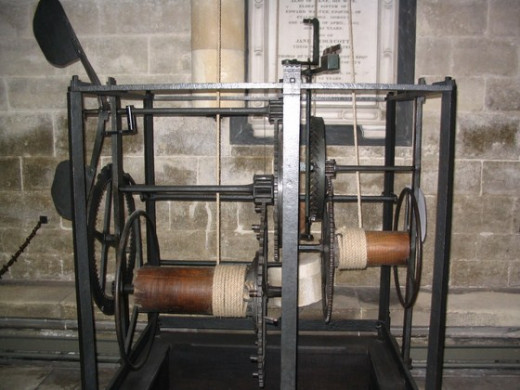
Mechanical Clocks
Circa 1275 an Italian monk designed the first mechanical clock. The basic principle of all mechanical clocks is called escapement. Escapement is when the stored energy of a coiled spring or the potential energy of a descending weight is dissipated in regular pulses. The key to clock-making is the regularity of the pulses, if it is not exact, neither is the time-keeping.
The first mechanical clocks were driven by the slow pull of a falling weight. By the first half of the 14th century they began appearing in the towers of several large European cities. The world’s oldest working clock (pictured) was built in 1386 and is keeping time at Salisbury Cathedral, Salisbury, England. Like all clocks of that time it has no face but strikes a bell on the hour.
For the next 300 years technological advances were made with mechanical clocks but they all had the same seemingly insurmountable problem: the workings of the clock (the escapement) depended upon the amount of driving force and the amount of friction in the drive. Like water flow, it was very difficult to regulate and thus accuracy was not attainable.
A major advance in timekeeping was made c.1510 by Peter Henlein of Nuremberg. He invented spring-powered clocks. By replacing the heavy drive weights clocks could be made smaller and even portable, a development that lead to the first watches. This type of timepiece became very popular among the wealthy even though they ran slower as the mainspring ran down.
Accurate Mechanical Clocks
In 1581, while standing in the Cathedral of Pisa watching the huge chandelier swinging back and forth from the ceiling, Galileo made a momentous discovery, at the time he was 17 years of age. What he noticed was that no matter how long or short the arc was it took exactly the same amount of time to complete a full swing. He had come across the solution to the problem of escapement in mechanical clocks; he just didn’t realize it at the time.
Shortly before his death Galileo realized he could use the energy of the pendulum to replace the weights and springs in mechanical clocks. His belief was that the even, natural motions of the pendulum would correct all of the escapement problems in clocks. At the time he was very old and blind. After many discussions with his son and his assistant a drawing was rendered but Galileo died before it could be constructed.
His son continued on and built the clock but it never kept reliable time. The problems with Galileo’s vision were such that he probably would have worked them out, had he more time.
The Galileo pendulum clock is based on a simple principle: interfere with the natural motion of the pendulum as little as possible. A child on a swing is similar to a pendulum, start them swinging and they will continue to do so in a continuing smaller arc until they stop. To keep them swinging give them a gentle push at the exact height of the arc. Do it correctly and they will swing continuously at the same pace over the same arc. Push to soon or to late and the swing is interrupted and goes awry. That is what Galileo’s design was meant to achieve; a steadily swinging pendulum that was consistently on the same arc.
In 1656, Christian Huygens, a Dutch scientist, constructed the first pendulum clock, regulated by a mechanism with an unaffected period of oscillation. His first clock had an error of less than one minute per day and, with further refinements, he was able to get the error down to less than ten seconds per day. In 1721 George Graham improved the pendulum clock’s accuracy to one second per day by compensating for changes in the pendulum’s length due to changes in temperature.
Improvements in pendulum clocks continued to be made into the 20th century and the development of free-pendulum clocks. This clock contained two pendulums: 1) one was a slave pendulum that gave the master pendulum the gentle pushes it needed to maintain its motion and also drove the clocks hands; and, 2) the master pendulum which remained free from the mechanical tasks that would disturb its regularity. This style of pendulum clock had such a degree of accuracy that it was used in observatories.
Clocks at Sea
The rise in mechanical clocks coincided with the rise in transoceanic travel on both the Atlantic and Pacific Oceans. For years sailors had been able to very accurately determine their location in terms of latitude; however, when it came to longitude, how far they were traveling east to west, they were at a loss. Pendulum clocks would not work on board a ship as they were much too sensitive. The problem came to a head in 1707 when a British fleet crashed into the Scilly Islands killing two thousand sailors and destroying four ships. They had not known where they were. The British government offered twenty thousand pounds to anyone who could devise a clock that would keep accurate time at sea.
John Harrison heard about the contest in 1728 and set to work. It took him 33 years but the testing crew set off from England with his clock and when they arrived in Jamaica 161 days later the clock was only off by five seconds. Harrison collected the prize money and an enormous seafaring problem was solved. Harrison’s marine chronometer is considered one of mankind’s greatest inventions.
Quartz Clocks
Early in the 20th century the properties of quartz crystals were used to make clocks that far outperformed anything made to date. When subjected to an electric field the crystal vibrates and generates an electronic signal at a constant frequency that can be used to operate an electronic clock display. Quartz crystal clocks were superior because there was no gearing or escapements to disturb their regular frequency.
The inherent problem with using quartz crystals is that no two are exactly alike, therefore they are not perfect. They are good enough for walking around and telling time, but when nanoseconds matter, they aren’t quite up to snuff.
Atomic Clocks
Every atom has a resonance and each chemical element and compound absorbs and emits electromagnetic radiation at its own characteristic frequencies. These resonances are inherently stable over time and space. Theoretically an atom of hydrogen here today is exactly the same as one from a million years ago or that atom of hydrogen in deep space a million light years from here. Atomic clock technology has been developed to where now we can keep time to within 30 billionths of a second per year.
Is this good enough? Not really. Right now NASA is working on an advanced atomic clock which will be 100 times more accurate that anything we have. Why do we need this high degree of accuracy? If we ever hope to travel to deep space we are going to need to have a method of tracking time as accurately as possible. If not, we have no hope of getting anywhere specific and, would never find our way back.
